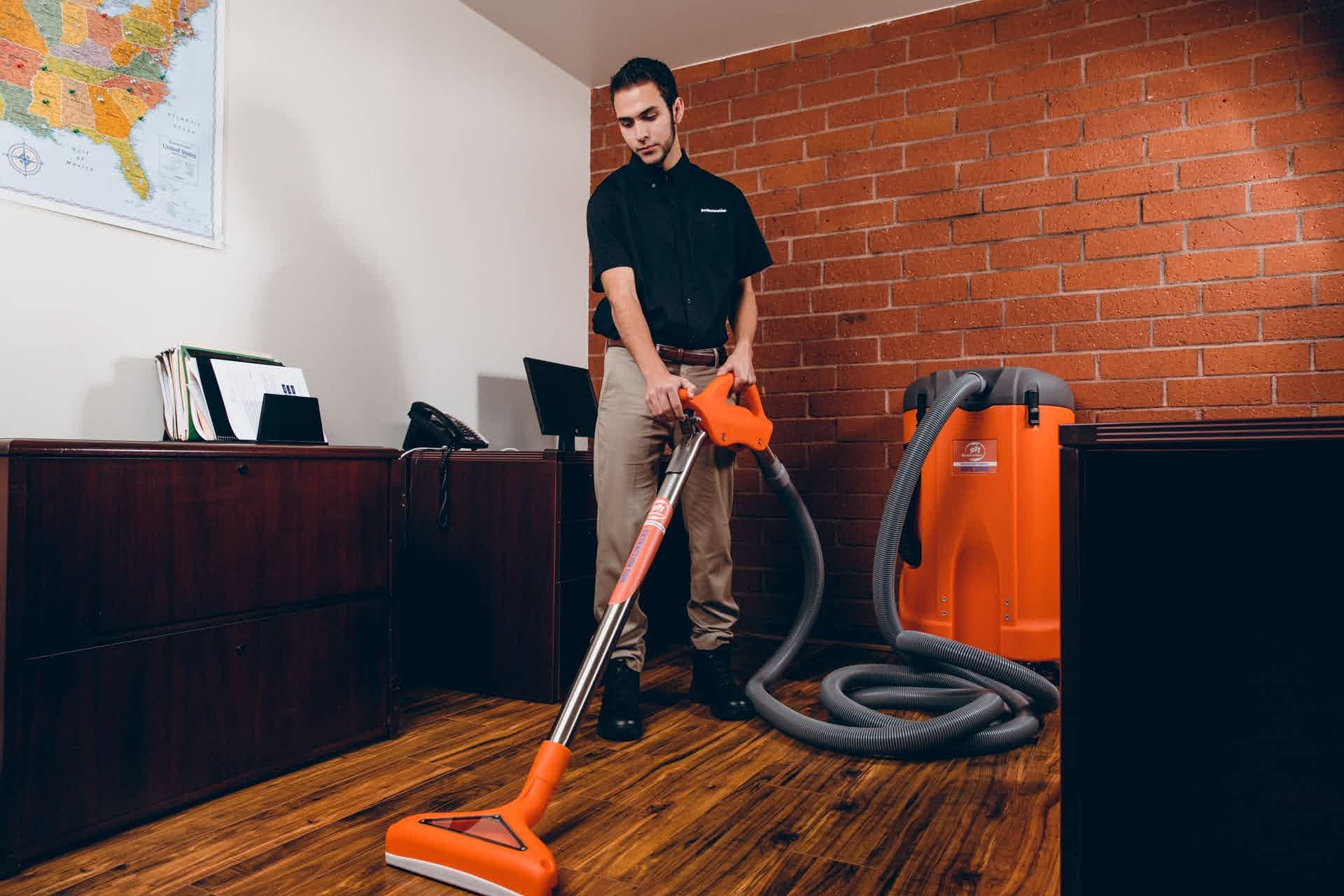Mold growth in your home is a serious problem that most people are well aware of. Toxic mold is often in the news and poses a serious threat to your health if it is not treated. Where does the mold growth come? What is the reason that some homes have mold growth and others don’t? It all comes down to moisture. We must ask ourselves, where does all the moisture come from that causes mold growth? Most likely, leaky appliances.
Leakage or malfunctioning appliances are a common source of moisture. This can cause mold growth in areas you may not be able or able to access. This moisture can lead to mold growth and water damage over time. Continue reading to find out how moisture issues can be created in your home by leaking or malfunctioning appliances. There are also tips and tricks to help you avoid them.
Common Fixture and Appliance Sources of Moisture In a Home
Many appliances, fixtures, or systems in your home can produce or deal moisture. Some of these are obvious, like those that use water in their operations. Some are more subtle and less obvious. We’ve listed below the most frequent causes of moisture and water damage to your home.
Washing Machines
There are many places where moisture can leak from washing machines. Leakage can occur at several points, including the drain and water lines, as well as the seals that connect to the machine. Seals, gaskets and internal piping can also be damaged by the pump and wash tub.
Driers and Ductwork
People often overlook the potential moisture problem of driers in their homes. Warm, moist air can be found in the ducts and vents that lead to the exterior of your home from a drier. Leakage can lead to moisture buildup in your walls, ceilings and other spaces, which can cause mold growth.
Dishwashers
Dishwashers, like washing machines can cause water damage and leaks. Leakage can occur from fittings, hoses, and fixtures. Even a damaged or faulty door seal can let moisture seep into cabinets, floors or sub-flooring, leading to mold.
Water softeners/heaters
Water heaters and water softeners are two systems that directly deal with large volumes of water in the house. Any leak in these systems could quickly cause water accumulation and damage.
Sinks and plumbing fixtures
Sometimes, smaller leaks can develop around drains, toilets and plumbing fixtures. Although they may not be obvious and are intermittent, these can cause mold growth in walls, cabinets and floors.
Refrigerators/Ice Maker Water Lines
A leaky or damaged water line from a refrigerator/freezer is one of the most common and hidden sources of water damage. They are often hidden behind the refrigerator so you won’t be able to see the water leaking from the line. It can build up and seep into floors and walls easily. This almost always leads to substantial, often hidden, mold growth.
Tips to Prevent Moisture Leakage and Accumulation
It is not possible to prevent all water leaks or malfunctions in home appliances. There are some helpful tips that you can follow to reduce the chance of this problem ever happening. There are ways to prevent water leakage from causing mold growth.
- You should ensure that your appliances, fixtures, plumbing and any accessible pipes or conduits are well maintained. A qualified technician can perform annual checks on major appliances.
- Regularly inspect appliances, piping, etc., especially when the weather changes. Temperature and humidity can alter the amount of condensation that can form.
- Do not allow anyone to do any work in your home on appliances or piping. It is not always cheaper to be more!
- You should immediately shut off water supply to the appliance or fixture that you suspect has a moisture or water leak. Then, use a towel to absorb the excess water. To speed up drying, use a fan to circulate air. To increase airflow, open windows. Next, find a certified inspector to inspect for mold growth and water damage.


